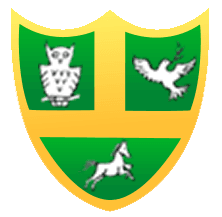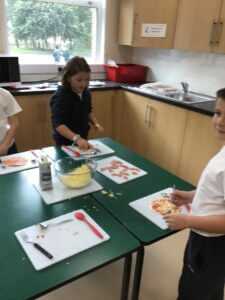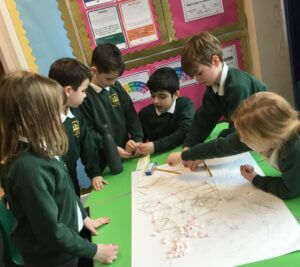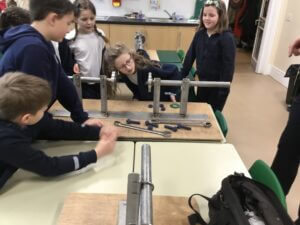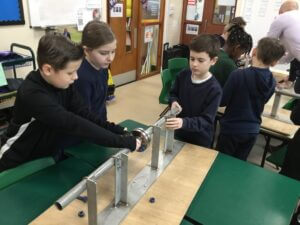Design Technology
Article 28: Every child has the right to an education
Intent: What we are trying to achieve in our curriculum?
Our curriculum is designed to meet and address the needs of the children who attend our school. It is ambitious, inclusive, broad and balanced. It is designed to provide a progression of knowledge, skills and vocabulary with clear end points, at the end of key phases in school. The threads ‘Be ready, Be Respectful and Be Safe’ provide the intent of our curriculum design and are implemented throughout each subject.
Characteristic |
What do we want to develop in our children at Kirklevington? |
What does this look like in our School? |
Be Ready |
Be Ambitious – aim high, exposure to experts and role models, challenge provided in teaching knowledge, skills and vocabulary |
|
|
Be Independent – Prepared for now, the next steps and for life |
|
|
Be Resilient – confident, develop self-regulation, well-being strategies and be problem solvers |
|
|
||
Be Respectful |
Respectful behaviours – towards ourselves, our peers and others |
|
|
Respect rights -RRSA – Understand our rights, how they affect our lives and rights of children globally, celebrating differences |
|
|
Respect the environment – our school, the community and the wider world |
|
|
||
Be Safe |
Keep ourselves safe – know how to report concerns and worries, including with friendships |
|
|
Being safe in the school and community – Knowledge about, our families, the school, the local context and wider world |
|
|
Being safe online –Using technology for the right reasons and knowing its limitations |
|
Implementation:
Design and Technology is delivered through a variety of creative and practical activities. Our aim is to teach the knowledge, skills and understanding required in the process of designing and making. We want our children to work in a range of relevant contexts.
The planning of learning is supported by a clear skills and knowledge progression. Lessons will focus on developing skills and children working as designers and makers, ensuring that those taught skills and knowledge are built on year by year and sequenced appropriately to maximise learning for all children. We aim to increase cultural capital for our children through real life experiences, learning about design history in an active and creative way (Trips, visiting experts, utilising local heritage will all enhance the learning experience). We aim to provide opportunities for children to learn as designers and makers, using research based on primary and secondary sources. Links to other subject areas will continue to be explored. Through this implementation, we intend to inspire pupils and practitioners to develop a love of design and technology and see how it has shaped the world they live in.
Impact
Our aim is to ensure that our children have:
- The ability to research, analyse, plan, design and make, as well as discuss and evaluate products.
- Communicate ideas and designs skilfully and accurately in 2D and 3D, using a variety of techniques, including computing.
- A securer knowledge and understanding of materials and equipment.
- A deeper understanding and growing awareness of design history and how products have moved forward and shaped the world today.
- Understand the importance of nutrition, a balanced diet and about the characteristics of a broad range of ingredients in choosing and preparing food.
